A mortgage pre-qualification is an initial estimate of what type of mortgage a borrower could get. It is limited, though, because it’s only based on what the borrower tells the lender, which might not be the same as what the lender finds out when it goes through a full process of analyzing the borrower and his credit.
5 Tips For Prospective Buyers To Submit A Winning Offer
In a hot real estate market, agents often tell buyers they must expect to make multiple offers before one is accepted. Disappointment may be the new normal rather than an exception. The stress of repeated rejections isn’t easy, so be prepared.
Over 5 Trillion Dollars In Home Equity May Lead To More Cash Out Transactions
US homeowners now have over 5 trillion dollars in home equity which is a very large amount of money! So this year may be the year for a lot of cash out refinances and other home equity mortgage products. Most often, when you are purchasing a home, you are buying at or below the appraised value and you are making a down payment.
What’s Ahead For Mortgage Rates This Week – March 26th, 2018
Last week’s economic releases included readings on new and pre-owned home sales and the Federal Open Market Committee’s customary post meeting statement. Fed Chair Jerome Powell gave his first press conference as Chair of the Federal Reserve and FOMC. Weekly readings on mortgage rates and first-time jobless claims were also released.
6 Top Trending Green Features To Consider When Remodeling
Sustainable materials, energy savings and smart home technology are high on the list of buyer wants in a home. But there are some other architectural and design trends that will change the way Americans live in 2018 and beyond. When planning a remodel, it pays to pay attention to green features, as well as to improved floor plans that will make a home more comfortable, more appealing and more functional.
- « Previous Page
- 1
- …
- 273
- 274
- 275
- 276
- 277
- …
- 411
- Next Page »


